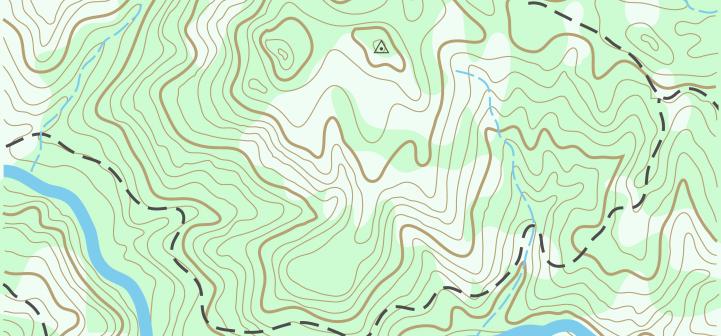Land use and land cover are classification systems that describe what is on the Earth’s surface at a given location. Often, land use and land cover are confused as interchangeable terms, but in actuality, they can describe very different characteristics of the landscape.
Land use describes activities, often associated with people, that take place on the land and represent the current use of property. Examples include multi-family residential homes, shopping centers, row crops, tree nurseries, state parks, reservoirs, etc.
Land cover, by contrast, describes the natural and anthropogenic features that can be observed on the Earth’s surface. Examples include deciduous forests, tidal wetlands, developed/built areas, grasslands, water, etc.
Sometimes land use and land cover are combined into a hierarchical classification system. In these cases, land cover is often used at the macro scale (agricultural land), and land use is used with increasing map detail where the actual use (corn, soybeans, pasture, etc.) is identified. A good example of this type of classification system is called the Anderson Classification, developed in the 1970s by James Anderson, USGS, for the classification of satellite remote sensing imagery.
Land cover data usually are interpreted from remotely sensed satellite imagery and/or aerial photography using sophisticated image-processing software. Land use maps, however, often incorporate ancillary data (parcel, flood prone areas, zoning maps, etc.) and ground surveys since use can be difficult to interpret from imagery.
